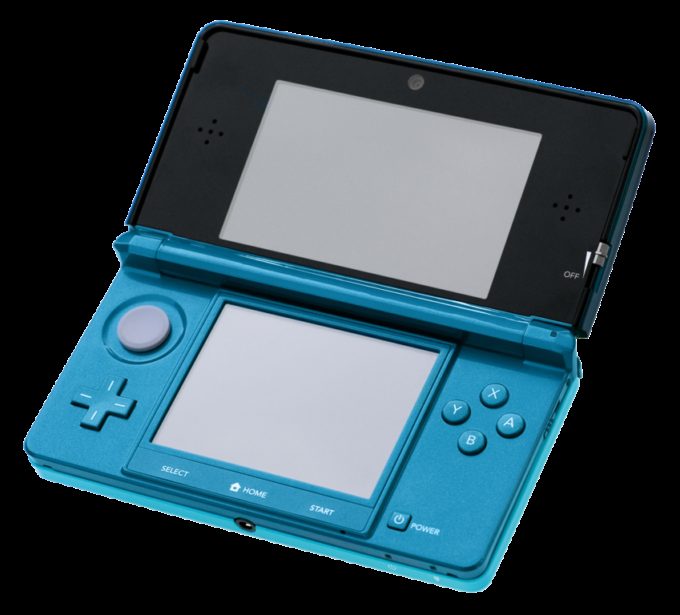
Nintendo Wins Summary Judgment Based on Doctrine of Prosecution History Estoppel
By Yaping Zhang – Edited by Stacy Ruegilin
On July 17, 2015, the Court for the Northern District of California issued an opinion granting summary judgment in favor of Nintendo in a patent infringement suit, construing the disputed claim term in accordance with Nintendo’s interpretation and finding non-infringement based on the doctrine of prosecution history estoppel.
The patent at issue is No. 7,425,944 (‘944 Patent), entitled “Computerized Information Retrieval System”, which was assigned to plaintiff Quintal Research Group from its inventor. The patent related to handheld computing devices, and particularly to “a portable handheld communication device for rapid retrieval of computerized information.” The patent described a handheld device with a display screen and ergonomically placed finger controls, including thumb controls “symmetrically arranged” on either side of the display screen. Renderings of the patent show two buttons, identical in size and shape, along the outer casing of a handheld device. Nintendo’s handheld devices also have ergonomically placed finger controls that are evenly placed on either side of a display screen, though one set of controls is a cross-shaped joystick, and the other is a cluster of circular buttons. The case thus boiled down to a dispute about the meaning of “symmetrically arranged”.
Quintal Research Group argued that “symmetrically arranged” referred merely to the placement or location of controls on the device, while Nintendo contended that “symmetrically arranged” means that the controls are mirror images of one another, having the same size and shape. Judge Armstrong agreed with Nintendo based on the specifications of the ‘944 Patent, and further held that extrinsic evidence supported Nintendo’s interpretation.
In addition to its claim of direct infringement, Quintal brought a claim of infringement under the doctrine of equivalents, alleging that Nintendo’s device was virtually congruent to Quintal’s patented design. In its analysis, the Court relied on prosecution history estoppel and found that the term “symmetrically arranged” was added to the patent to avoid anticipation or obviousness in light of the prior art. Furthermore, the court found that the inventor of Quintal’s patent added an amendment which narrowed the claim for the purpose patentability. As such, Quintal was precluded from relying on the doctrine of equivalents in this case, and summary judgment was proper in light of the record.
This case is viewed by many as a victory in Nintendo’s strategy of actively confronting patent trolls in court, rather than settling. Nintendo America’s general counsel Devon Pritchard stated that “[t]he result in this case continues to prove that Nintendo will vigorously defend its innovations against patent lawsuits and will not pay to settle cases simply to avoid litigation. Nintendo continues to support patent reform efforts that reduce the unnecessary and inefficient burden cases like this one place on technology companies in the United States.”
Yaping Zhang is a rising 3L at Harvard Law School.